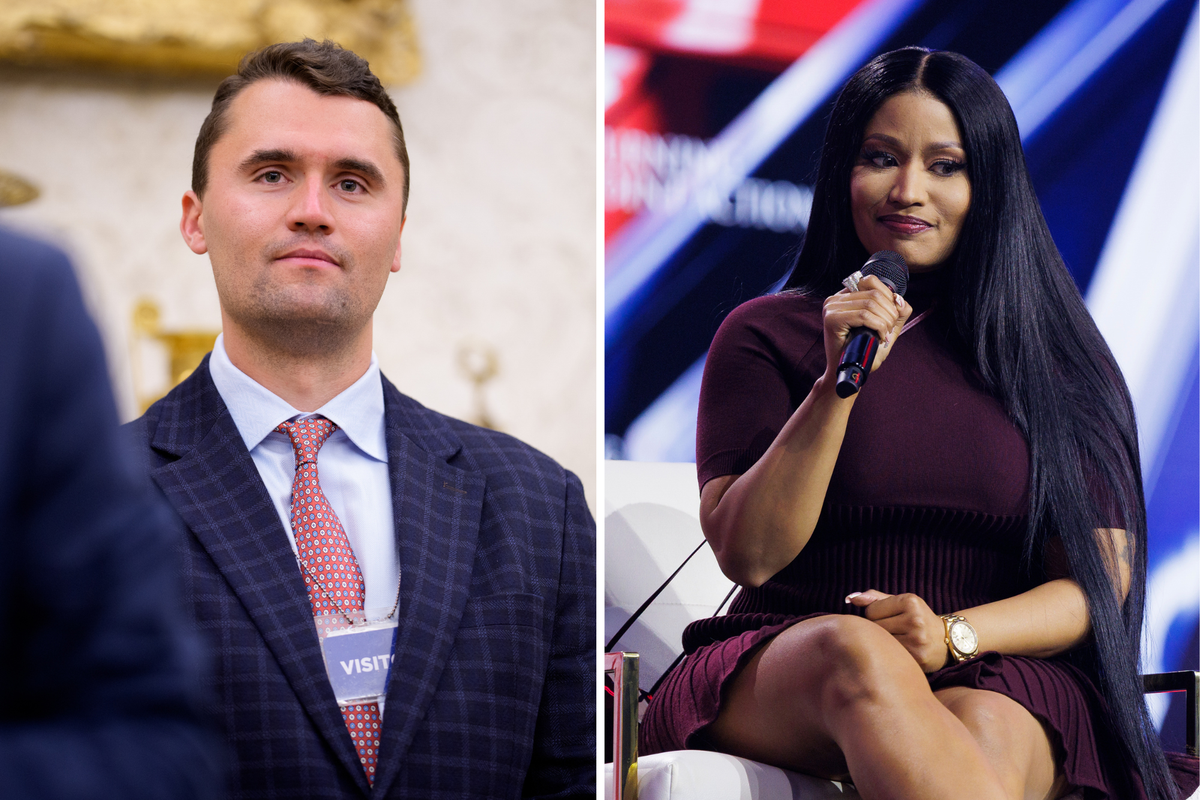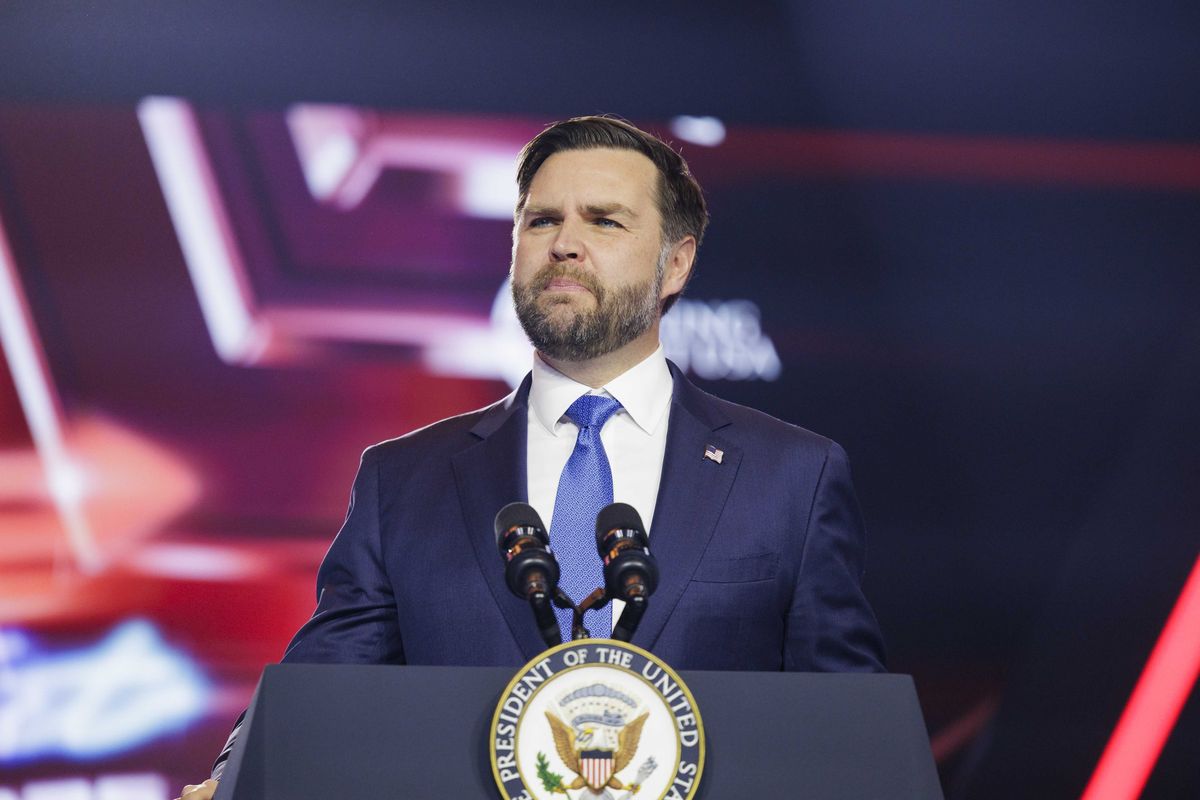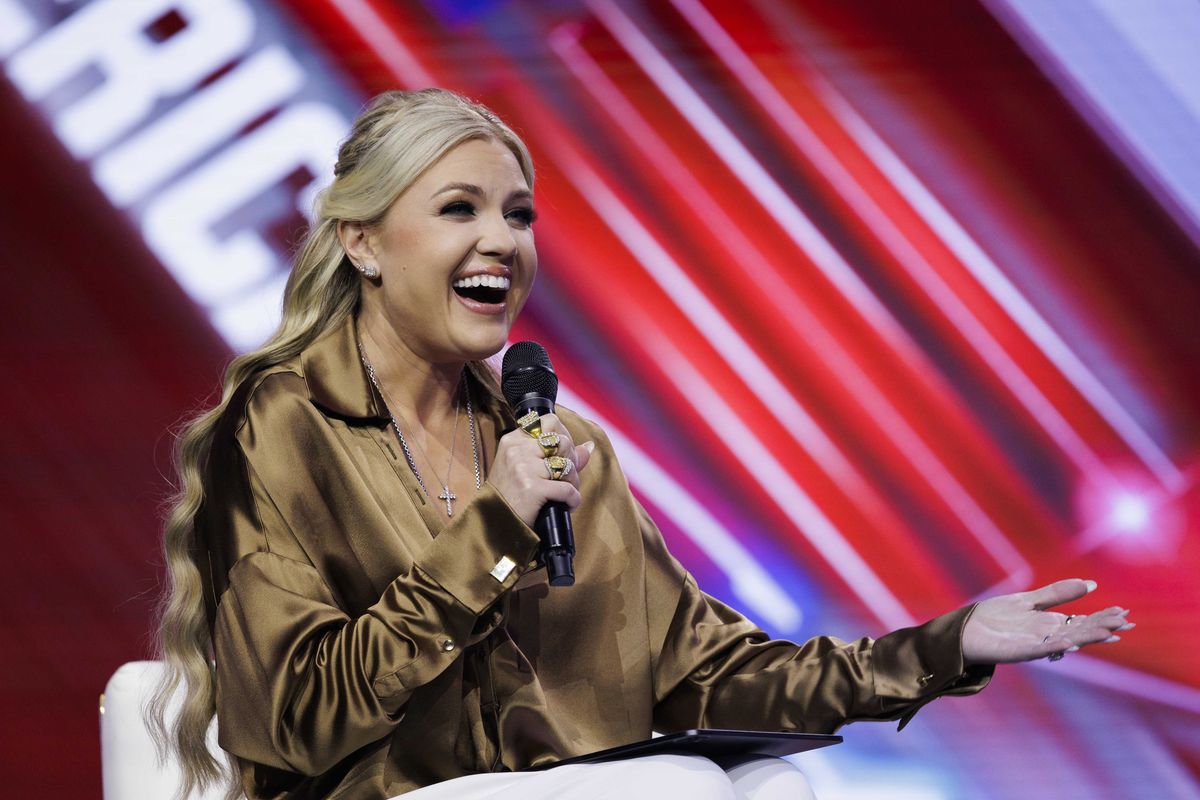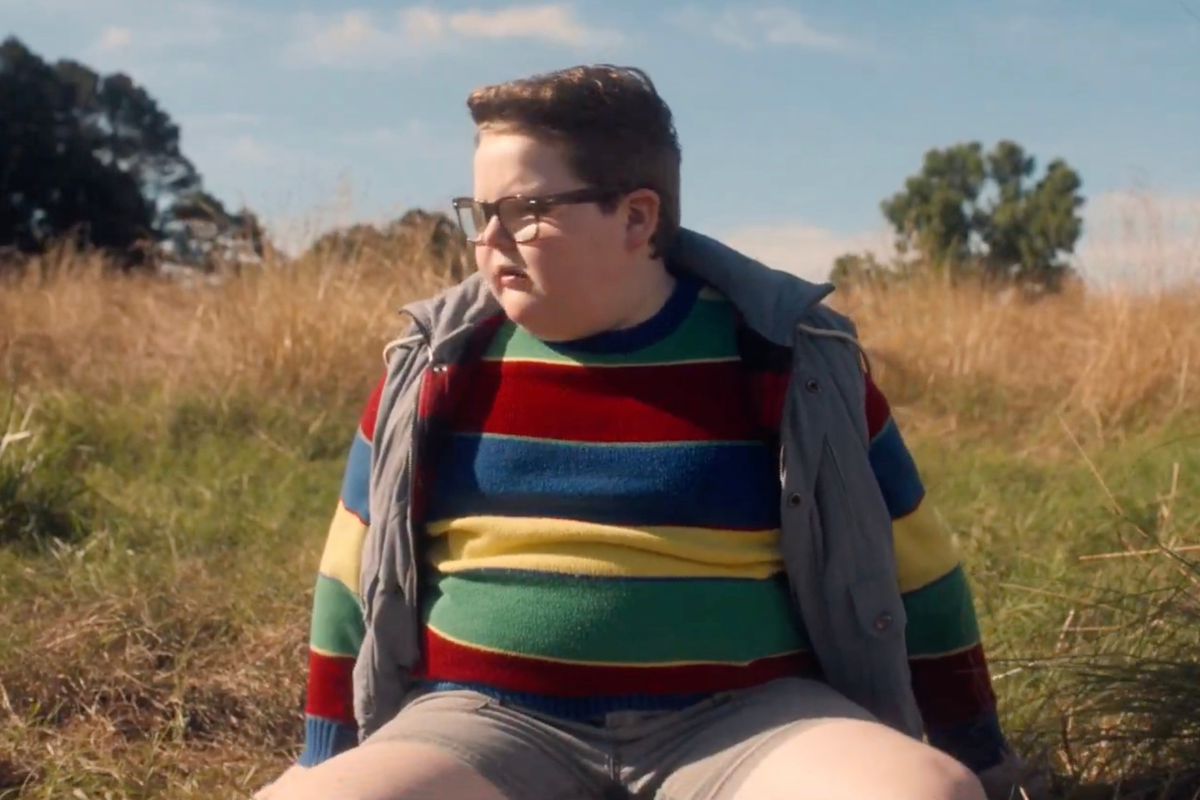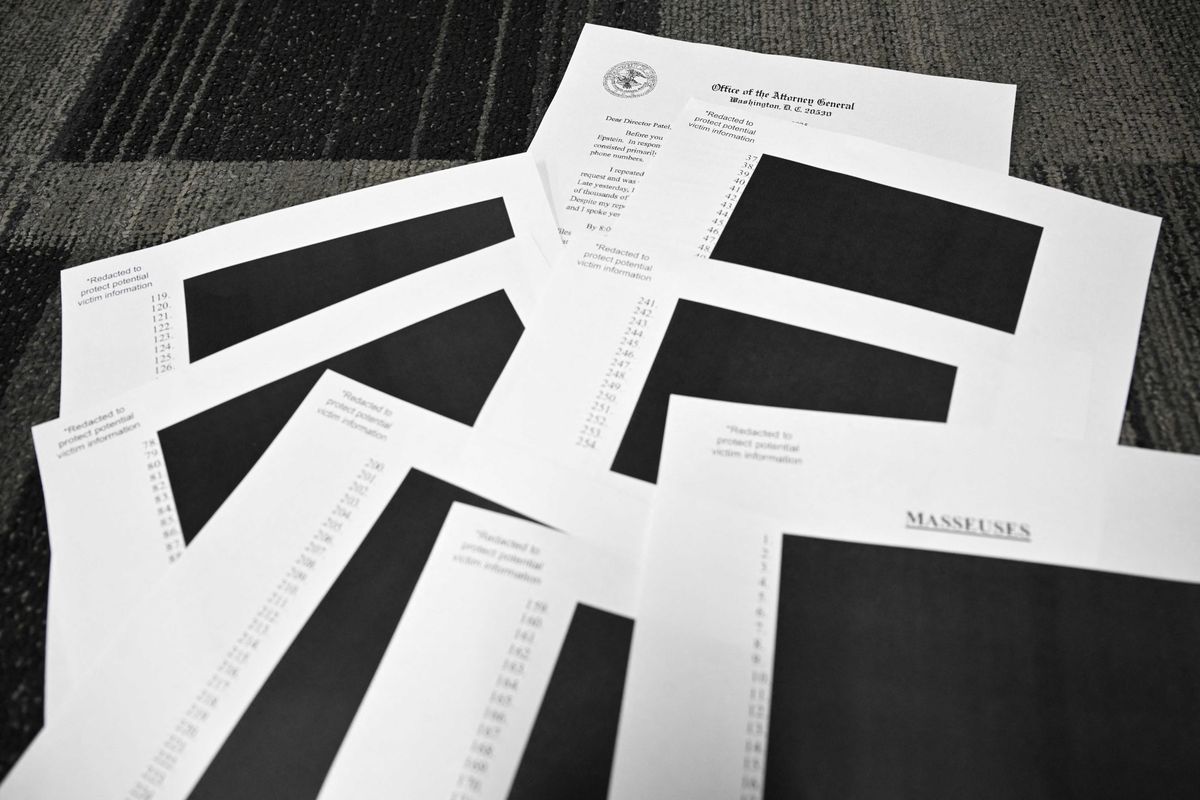News
Bridie Pearson-Jones
May 27, 2017
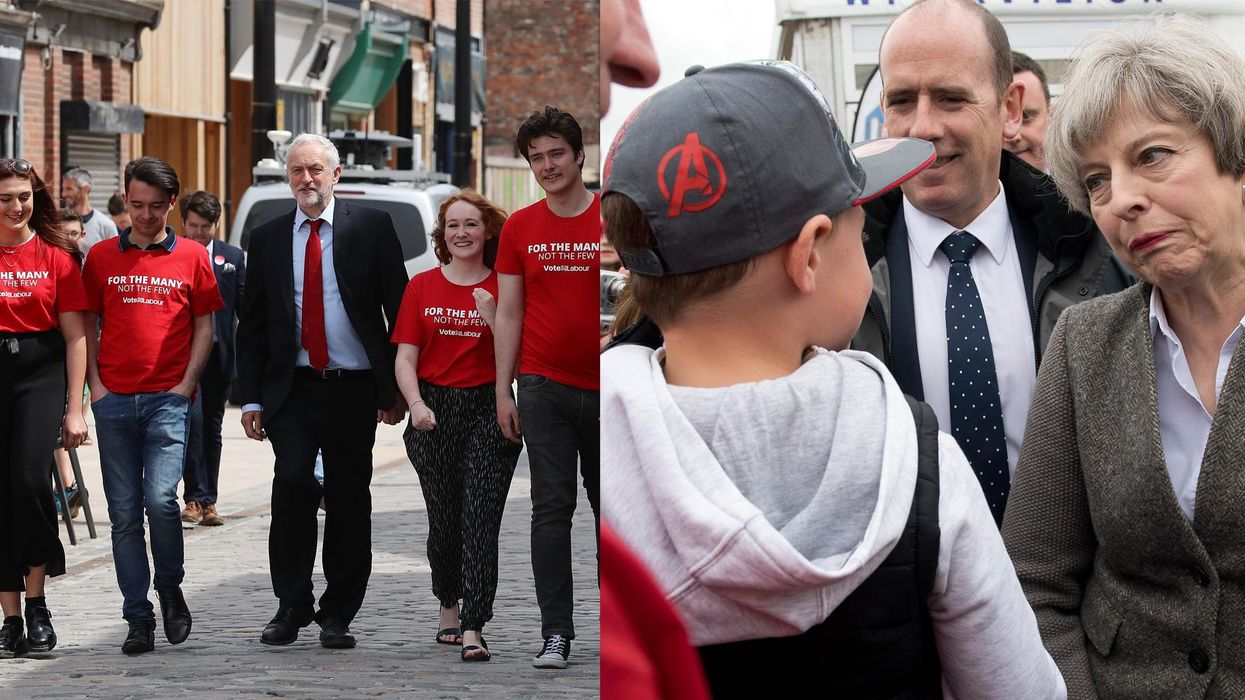
Picture:
Getty Images / Matt Cardy / Stringer
The general election is less than two weeks away and Labour are closing in on the Tories.
The Indpendent poll tracker shows the Labour Party have increased its average rating by nine points since the snap election was called.
A new analysis from Stephan Shakespeare, CEO of YouGov, suggests that if only people under 50 voted, Corbyn could beat May at the polls.
Under and over 50s have drastically different views on politics.
Age is becoming one of the most interesting indicators in which party a person votes for, instead of the more traditional demographic factors; such as class, region or background.
According to YouGov polling, young people are more left-wing - for every ten years older a person is, the likelihood they vote Conservative increases by 8 points.
Recent polling from YouGov shows that Brexit is the top issue for the British public (63 per cent) closely followed by the NHS (61 per cent). Immigration (40 per cent), the economy (38 per cent) and education (26 per cent) are the third, fourth and fifth most important issues for the British public respectively.
What the leaders care about - or at least what the public perceive them to care about - doesn't correlate with this.
Stephan explains :
Having established what the voters care about, we asked them what they thought mattered most to the party leaders. It revealed big gaps on both sides: Theresa May is perceived as placing most importance on Brexit, but with health barely in her sights. Jeremy Corbyn is the reverse.
Labour supporters care most about the health service and Tory supporters care most about Brexit, so at first glance it looks as if the two leaders are well aligned with their voters. But it’s not so: Labour and Conservative voters put nearly equal emphasis on both issues so both leaders are out of touch.
While a Tory victory on June 8 still feels like an inevitability, this analysis can show an interesting insight for the next five years.
Stephan argues that:
We know that important sections of the electorate really like him [Corbyn], and feel he speaks for them.
One of these groups is the young — Corbyn leads easily among the under-25s not just on policy but on “best prime minister”.
If the election were held only among the under-fifties, Corbyn could beat May. And Labour policies are supported across the whole electorate. Capping rents, nationalisation and abolishing tuition fees are popular policies, as indeed are most of Corbyn’s manifesto pledges.
An issue for Labour is lower turnout among younger people.
In 2015, Labour were the most popular party for the 18-34s, and joint equal with the Conservatives for 35-44 year olds. However, as age increases, so does likelihood to vote Conservative and likelihood to vote at all.
The voting intention among under 50s shows the Conservatives on 31 per cent of the vote, the Labour party on 44 per cent, Ukip on 5 per cent and the Lib Dems on 10 per cent.
This would roughly translate to a Labour majority of 10, with Labour on 330 seats, Conservatives on 232 and Lib Dems on 8.
More: If 30 per cent more people under 25 vote, the Tories could lose the election
Top 100
The Conversation (0)


